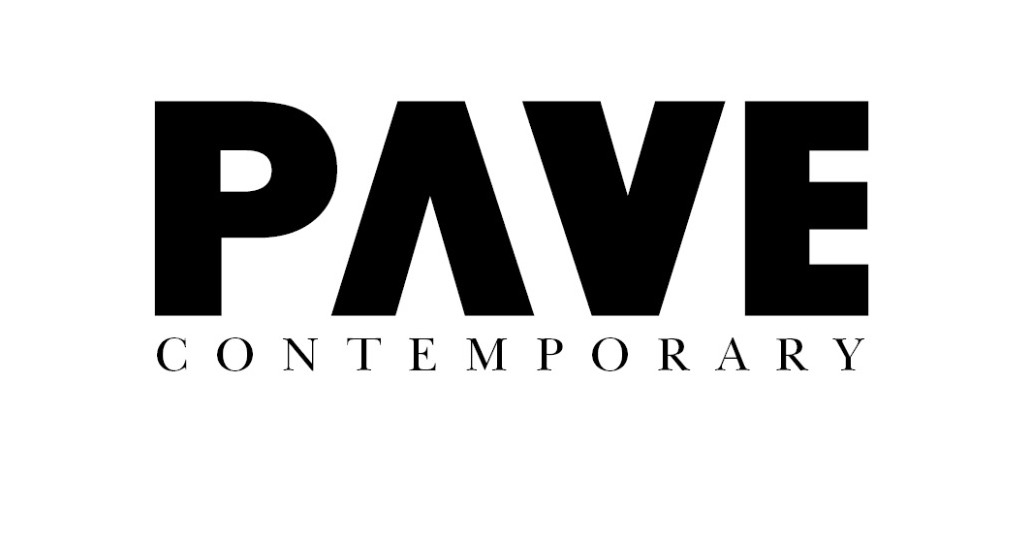Gavin Rain (South African, b.1971) Born in Cape Town, Rain studied art and neuropsychology at the university of cape town in the ’80s and ’90s. Earlier in his life, he planned to study architecture, to try and combine his two interests: art and mathematics.
Having painted from a young age, Rain arrived at his Neo-Pointillist style in 2004, which he developed over a period of a few years. Through his works, Rain aims to force viewers to acknowledge that part of the narrative of each painting is hidden in plain sight, whereby it is impossible to see the subject of the painting until the viewer takes a few steps back.
In 2011, rain participated in the 54th Venice Biennale, in the Republic of Costa Rica pavilion with an original portrait of Nobel peace prize winner Aung San Suu Kyi. In 2013, he is present in the Republic of Bangladesh pavilion with a work entitled 'lena'.
Up close, Rain’s paintings consist of small concentric dots painted in different colours of acrylic paint. From a distance, your eye puts these colours together into one. The further the viewer steps back, the clearer the portrait becomes.
He starts his paintings by making a sketch of the portrait he wants to paint. To decide the place of the dots on the canvas, he either uses a grid, made of strings, or projection. The grid takes about ten hours to make but is more accurate than using projection, so Rain still uses both techniques. Then he picks the colours for the final dots. He starts by deciding the final colour that he wants a dot to be and starts working backwards. Rain has a list of 14.000 different dots that he has made. Out of this list, he picks the combination that creates the colour he wants.
Another important part of the technique is changing each dot size. The white canvas Rain uses as a background means that the smaller the dot, the more white background around it. So the bigger the dots, the darker an area gets and the smaller the dots, the lighter the area becomes. This, combined with the distant final colour each dot makes is how the image is created. However, the colours of separate dots will merge together into a new colour as well. So, it's not just each dot but also a combination of dots that makes the colour.
Rain’s objective is to broaden people’s visual and cognitive horizons by showing them the fantastic and impossible. By combining his origins, his studies, aptitudes and personal talent, Rain has invented an art that is both unique and participative so that all who look at one of his paintings can perceive the convergence of two opposing pictorial styles.

